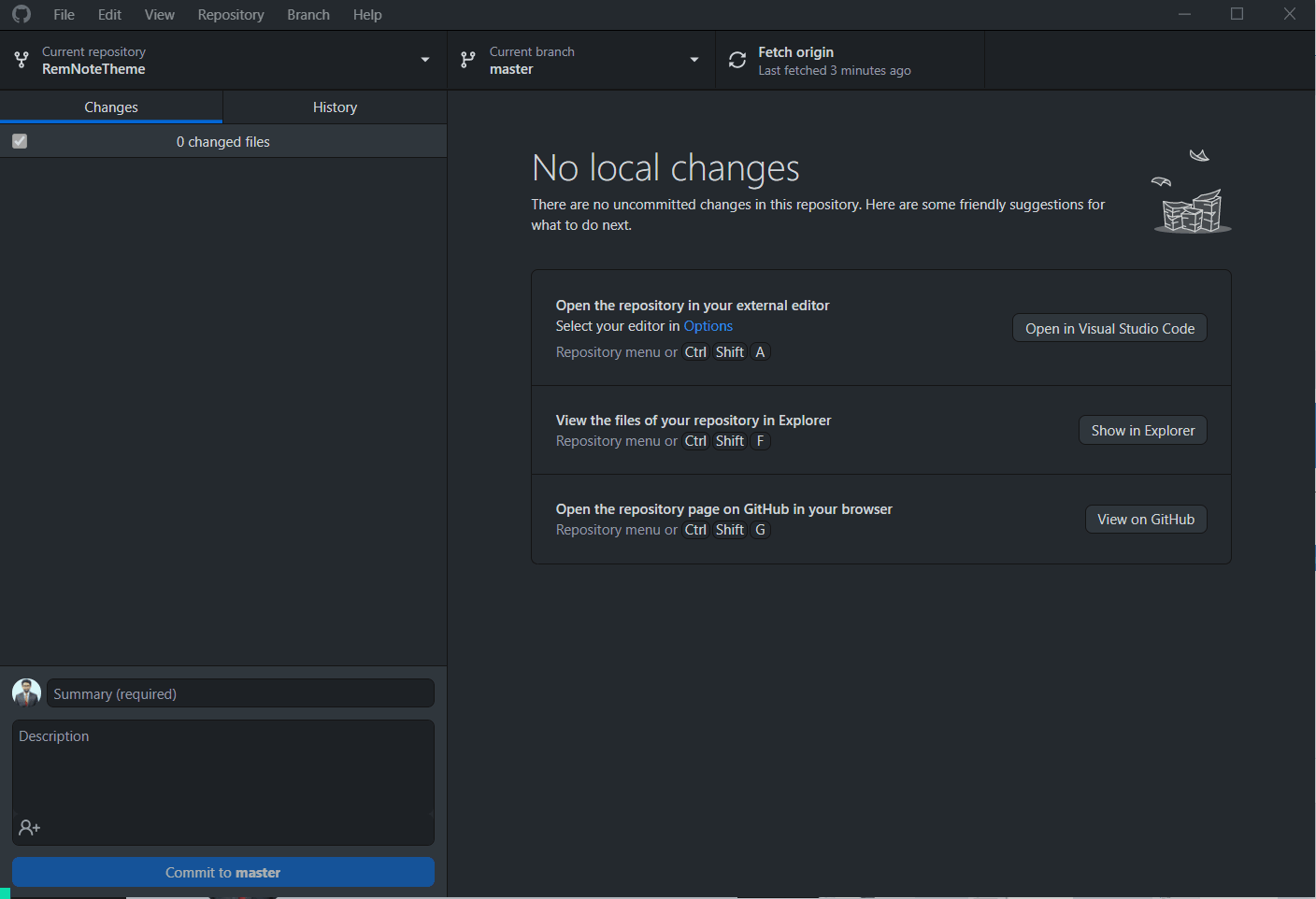If you use GitHub Desktop, you can do it easily in just 6 steps (actually only 5).
Once you open Github Desktop and choose your repository,
- Go to History tab
- Click on the search bar. It will show you all the available branches (including upstream branches from parent repository)
- Select the respective upstream branch (it will be upstream/master to sync master branch)
- (OPTIONAL) It will show you all the commits in the upstream branch. You can click on any commit to see the changes.
- Click Merge in
master/branch-name, based on your active branch. - Wait for GitHub Desktop to do the magic.
Checkout the GIF below as an example:
